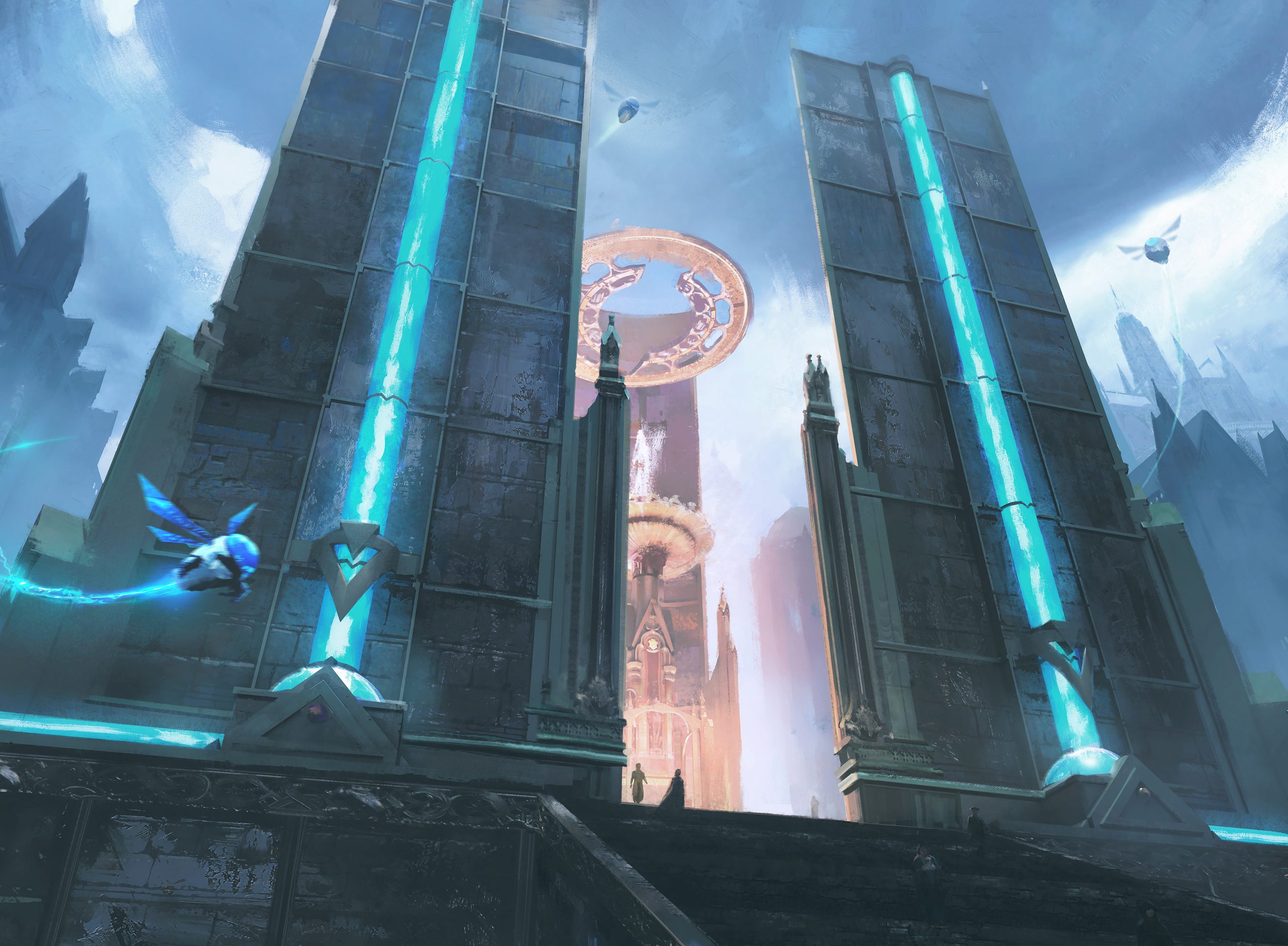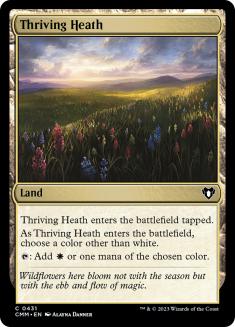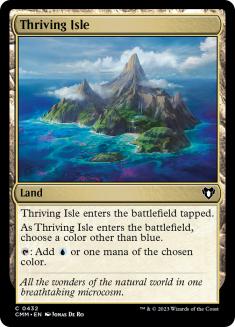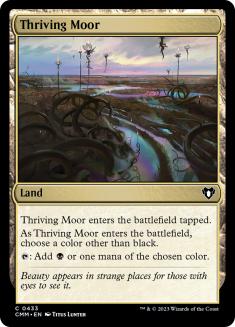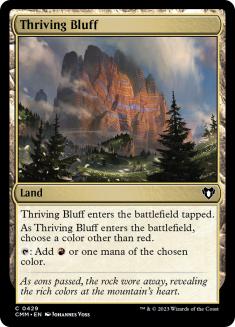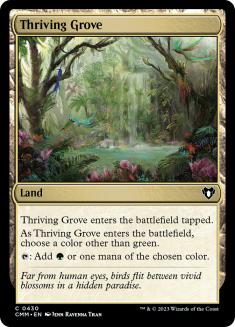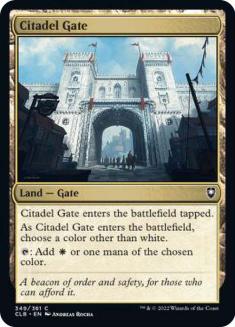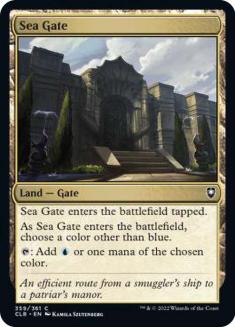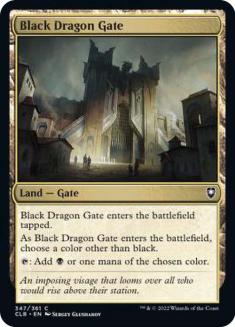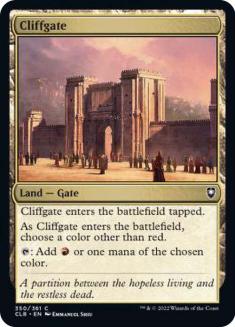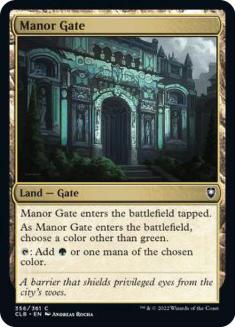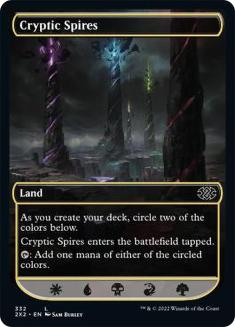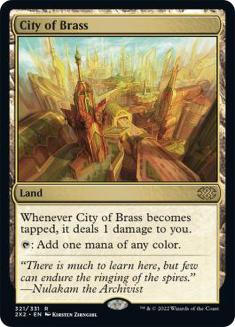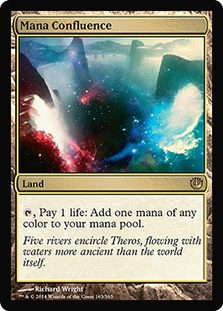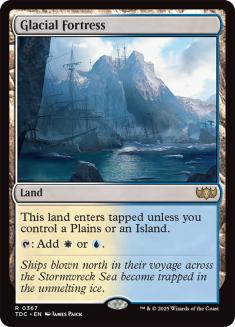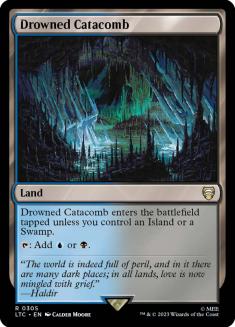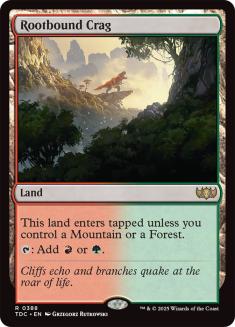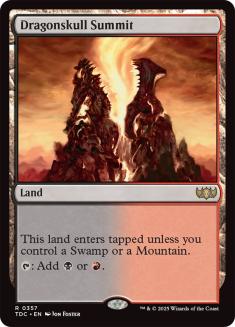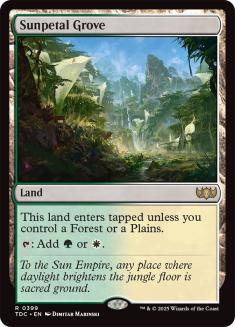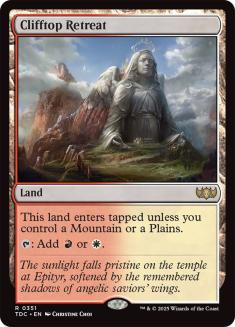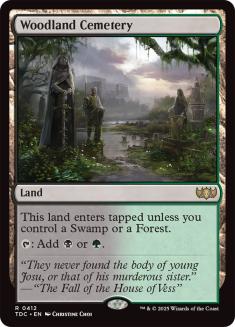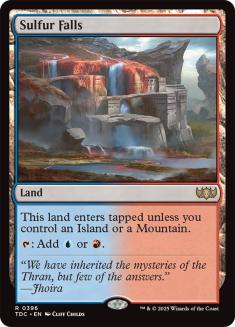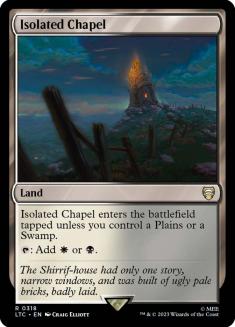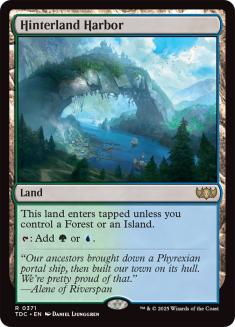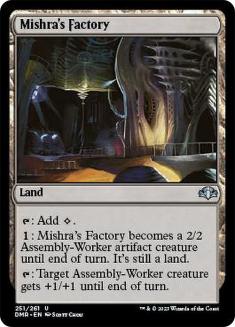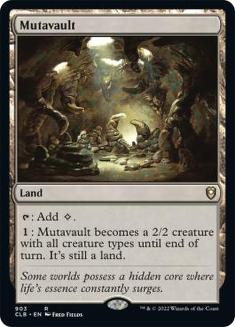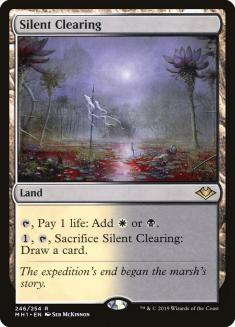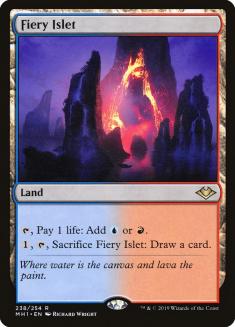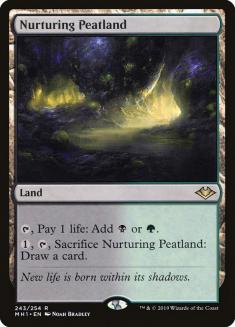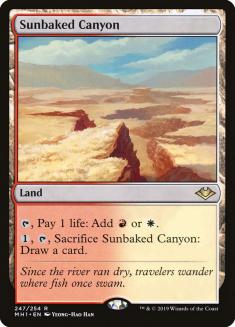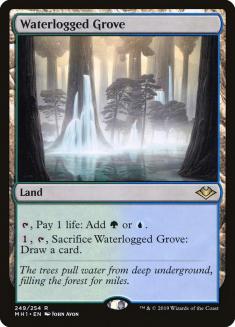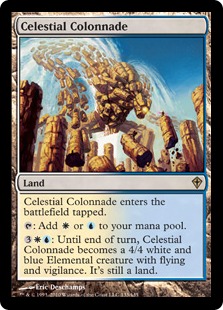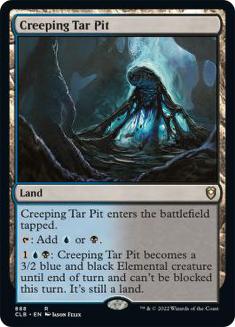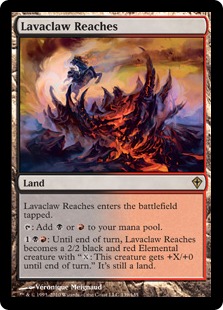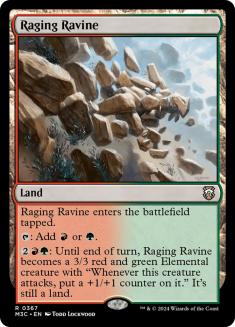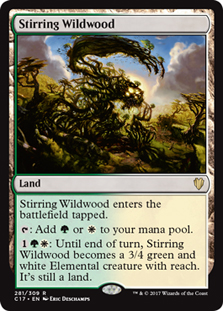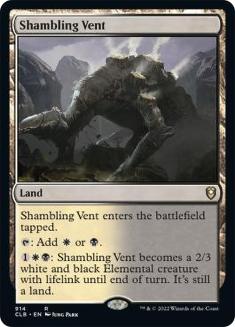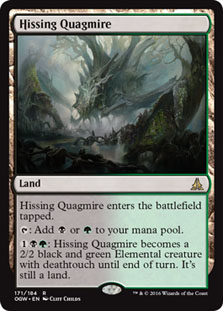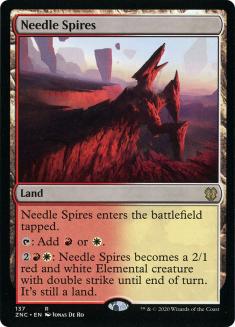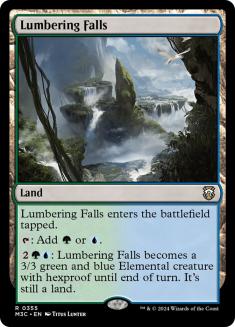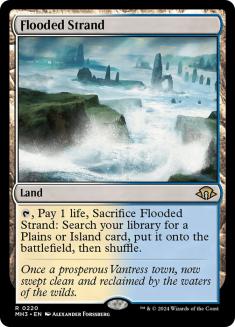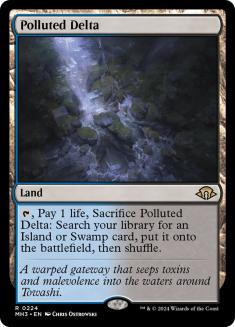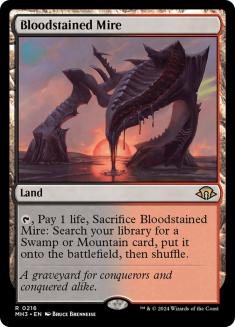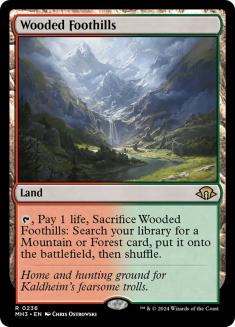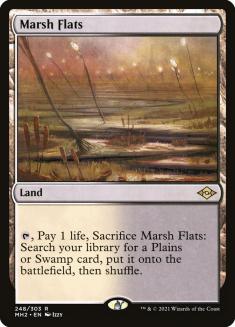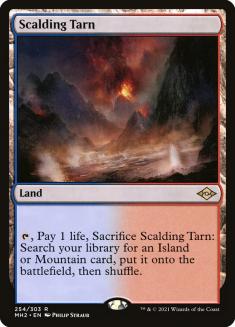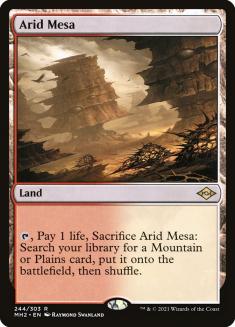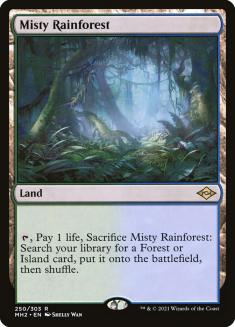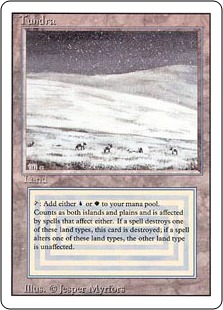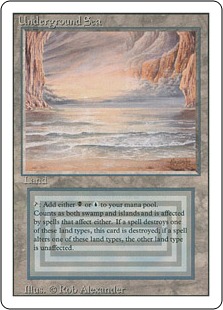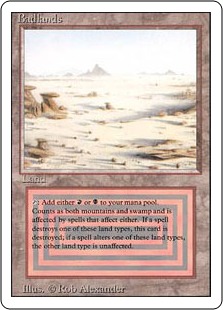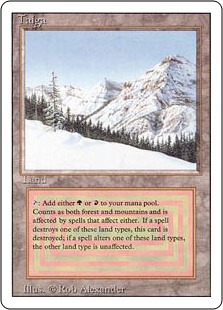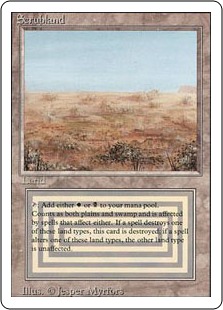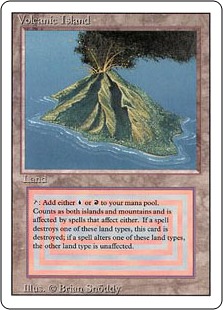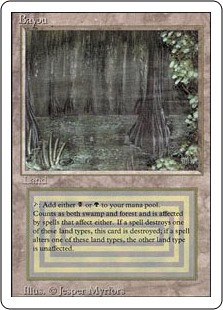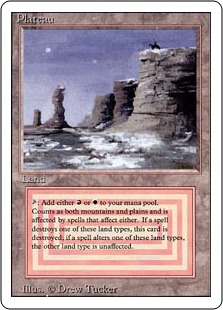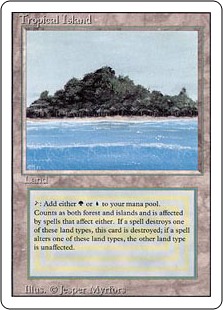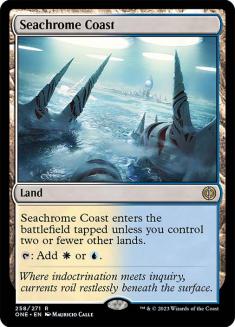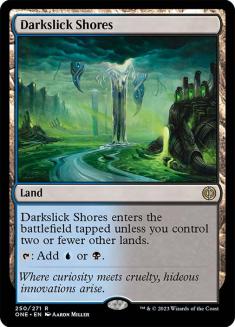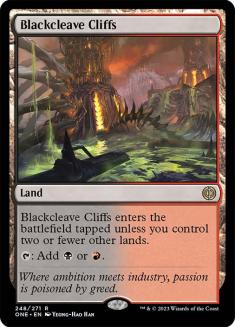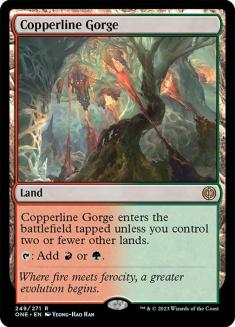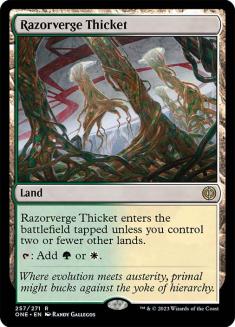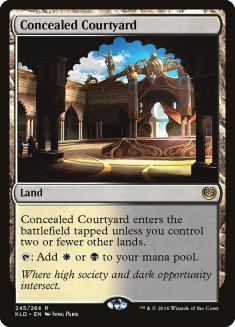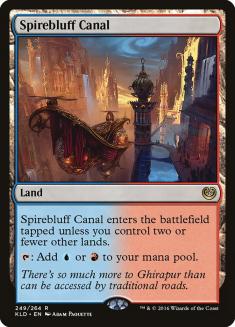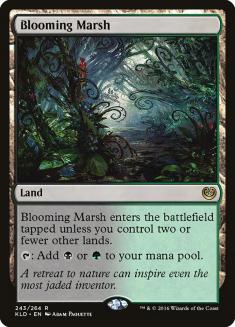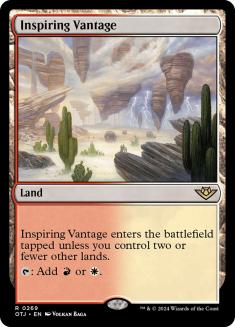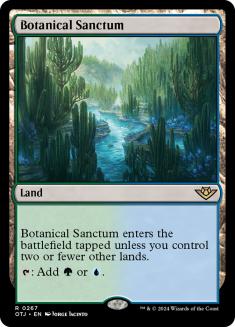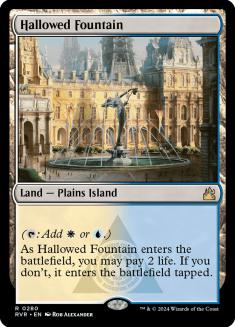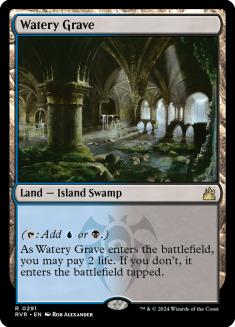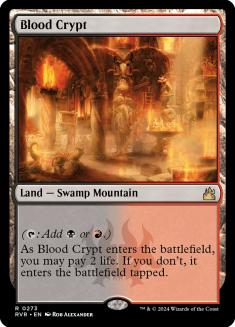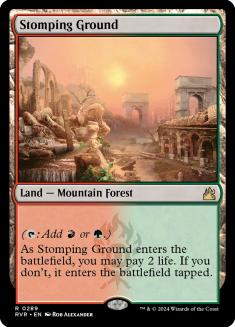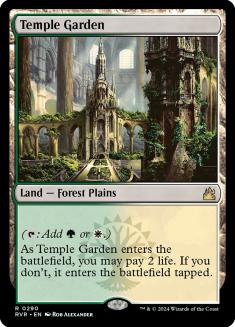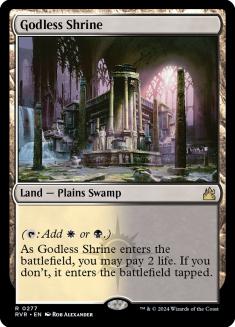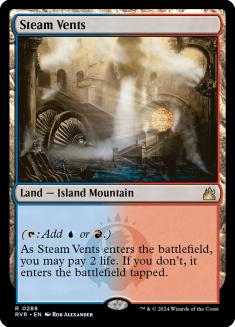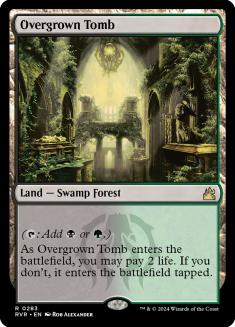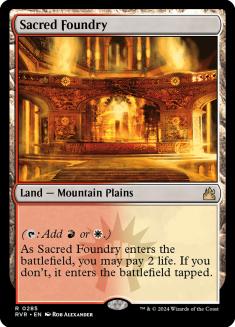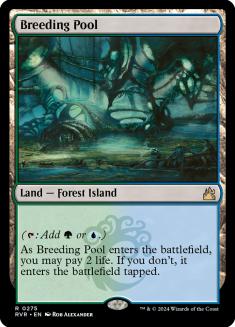Hello, and welcome to the conclusion of my series on the most Cubeable cards in Magic! Last week was the last entry on spells, which leaves lands for this week. For ease of access, here are the links to the earlier entries in the series:
It might be fairly obvious, but today’s entry ranks land cycles as opposed to individual cards where appropriate. As tempting as it is to submit Izzet lands as all ten entries, that wouldn’t offer all that much substance.
Also keep in mind that, once again, that these rankings are for how well these cards fit into a wide range of Cubes and are not any sort of commentary on abstract power level. There’s a lot to discuss with regard to the goals of a specific Cube when it comes to which land cycles you want to feature, and you’ll see the criteria for what I find most important for most Cubes in this regard in my breakdown. Without further ado, let’s get to the list!
10. Thriving Lands and Gates (and Cryptic Spires)
This is mostly a nod to Pauper and Peasant Cubes, but I absolutely love these cycles. Being on the lookout for the appropriate Guildgate or similarly weak tapland is one of the least fun aspects of rarity-restricted Cubes. These cycles serve as general improvements on two-color taplands and Evolving Wilds alike. They can always fix at least one of your colors, and they basically always make your deck unless you’re mono-color in these environments. They offer better mana-fixing than a cycle of other taplands while taking up fewer slots. I haven’t personally Cubed with Cryptic Spires, and it involves a little more bookkeeping than the other options here, but it’s also a more exciting and powerful option than many other taplands.
Taplands without significant upside tend to be fairly unexciting in non-rarity-restricted Cubes, but if you’re aiming for a slower environment these will be a good fit. They’ve shown up in some Arena and Magic Online (MTGO) Cubes, and they play well enough where they’re featured, but I’ll reiterate that this is mostly an endorsement for Pauper and Peasant Cubes where these lands are awesome.
9. City of Brass and Mana Confluence
Aggressive decks in Cube rely on a high volume of cheap creatures and lands that enter the battlefield untapped. If your Cube is designed in a way where aggressive players are encouraged to play multiple colors, then tossing them a City of Brass and/or a Mana Confluence to shore up the mana goes a long way. These lands are also very strong options for more combo-centric Cubes, where players tend to be encouraged to play a lot of colors and life totals tend to not matter all that much.
If you’re expecting painlands to make an appearance on my list, this is where I reveal that I have little love for Underground River and friends these days. I’ve played a lot of painlands in Standard in years past, but I’ve been spoiled by cycles that are some combination of more powerful and more fun. Painlands are all well and good in Cubes where life totals don’t matter so much or you have some aesthetic restriction, but I’ve found that once a Cube has a high volume of pain-free mana, the diminishing returns on playing multiple painlands or just having a good enough manabase to not start one in my two-color decks comes up more often than the experience of being happy to draft and start a painland.
Your mileage may vary, but having a City of Brass and a Mana Confluence around for the one or two players who are actively excited to play them is much better slot equity than a full cycle of Caves of Koilos. Battlefield Forge is to Mana Confluence as Orzhov Guildgate is to Thriving Moor.
8. Buddy Lands
I have a pretty significant bias towards lands that enter the battlefield untapped Turn 1, but I fully understand that only so many lands check that box. The “buddy” land cycle will always enter the battlefield tapped Turn 1, but they’re pretty reliable as far as lands that enter the battlefield untapped in later turns in two- or three-color decks go. If you’re a Triome fan, then these become powerful options for four- and five-color decks as well.
As far as lands that sometimes enter the battlefield tapped go, there aren’t a lot of options that are better than buddy lands for aggressive and controlling decks alike. They’ll enter the battlefield untapped often enough on Turn 2 for most aggressive decks, and the pressure to turn them on is much less significant for controlling strategies. There’s some give and take with these lands as compared to slowlands (the Deserted Beach and company cycle), but that cycle is worse enough in aggressive decks that I’d rank buddy lands firmly ahead of them.
7. Mishra’s Factory and Mutavault
Some colorless utility lands are nice to have around for aggressive and mono-color decks. Mono-color decks generally have a lower power ceiling than decks leveraging spells from multiple colors, and aggressive decks basically always operate with weaker tools than their control and combo opposition. Doing some combination of playing fewer lands and hiding some “spells” in the manabase goes a long way to make up these deficits.
These cards are long-time Constructed staples for their efficiency, and as an advocate for aggressive decks in Cube, it’s easy for me to endorse them. When it comes to navigating removal spells, counterspells, sweepers, blockers, and potential blockers, it stands to reason that aggressive Cubers deserve a little Mutavault in their lives.
Tribal synergies and artifact synergies are undertones for these cards as well, but for the most part I see them as essential tools for giving beatdowns.
6. Horizon Lands
Okay, so “no painlands” wasn’t exactly accurate. I make an exception for this dramatically better, if incomplete, cycle. Really, the only bad thing I have to say about Horizon lands is that the allied half of the cycle currently only features Horizon Canopy. Including these lands means that you’re proxying up some allied versions of these cards that don’t exist or working on some kind of imbalance in land cycles. I like what these lands add to Cube enough that I’m a fan of the imbalanced cycle approach, and am sympathetic to those implementing their own house rules for symmetry’s sake.
These lands are fine as color-fixers, but the real draw is that they make aggressive decks even when they’re off-color. Much like Mutavault and Mishra’s Factory, it’s just really nice for those decks to have these as some extra action hiding in their manabases. I want so badly to see this cycle officially completed, but I’ll continue to Cube with the existing six either way.
5. Creature-Duals
These lands always enter the battlefield tapped, but they add a lot of drama to games that center around combat, especially in Cubes with lots of planeswalkers to attack down. The power band in this cycle is fairly wide, but even Lavaclaw Reaches has its moments. These lands contribute most to midrange decks, and to that end I actually really like that they enter the battlefield tapped, which incentivizes drafting focused two- and three-color decks more than the five-color whatever cards I can cast archetype.
I highlighted the importance of aggressive decks having some spells hanging out in the manabase, and that carries forward here for multicolor aggressive decks, but there’s more going on with creature-duals. It’s also just generally fun to have your manabase consist of more than just mana-fixing. I do think that Magic’s mana system is great, and the tension of fixing your colors really adds a lot to the drama of many games, but at some point, only having lands that make mana leads to more games that feel decided by screw and flood. Creature-duals offer some value in mitigating the impact of flood without any of them being oppressively powerful, and that goes a long way for me.
4. Fetchlands
If, on the other hand, what you really care about is players having access to their colors, then fetchlands are difficult to avoid. Fetchlands are much-maligned and in many respects considered design mistakes, but the positives are better felt in 40-card singleton environments where shuffling time is less of a concern.
Fetchlands contribute to things like delve and delirium, which matters for a number of Cubes, but beyond that, they just always make decks. They are probably the biggest culprits in terms of lands that can make it a little too easy to play four or five colors of spells, so there’s a balance to strike there, but the slot equity of knowing that nobody has to be playing Orzhov to happily draft Marsh Flats is major upside.
Fetchlands catch a lot of hate, which they admittedly deserve, but their mechanical relevance, rate of play, and ease of access to colors to smooth games for players leaves too much for me to endorse to rank them any lower than fourth on this list. I deliberately left them out of my original Twobert for giving a little too much fixing at too low of a cost, but it’s near impossible for me to get away from fetchlands in any Cube designed to support eight or more players.
3. ABUR Duals
The original cycle of dual lands from Limited Editions Alpha and Beta, Unlimited, and Revised (hence “ABUR”) offer incredibly powerful mana-fixing for very little cost. They’re weak to nonbasic land hate, but they always enter the battlefield untapped and are fetchable. I imagine they’re eschewed from more Cubes because of their sticker price than any in-game consideration, though set Cubes and rarity-restricted Cubes will obviously avoid them.
For one reason or another, people have their mind made up about their approach to these lands in Cube. They’re satisfying and powerful cards to play, but their price out-of-game is high and their opportunity cost in-game is low, which can both be downsides.
2. Fastlands
I absolutely adore fastlands. They hit the mark on mana-fixing for the games that I find most engaging. I like it when games are about creatures on the battlefield, and I like it when players feel diminishing returns on trying to play four or five colors. If you’re playing three colors, that means you have access to exactly three fastlands if the things line up that way, and in theory you could play all three untapped. That fourth one, though, will cost you.
These lands are most useful for curving out in aggressive decks where you want to be heavy on one-drops, but they also enter untapped early so that controlling decks can cast their removal on time and combo decks can cast their set-up spells. Fastlands are just unappealing enough that two-color players can reliably get them a little later in the draft, which I consider massive upside. Too many players feel compelled to draft nothing but lands highly, and featuring lands with some diminishing returns makes them think at least a little about how this approach will work out for them.
If you’re less about beatdowns and want players to cast spectacularly expensive spells, then your valuation of fastlands will be about the exact opposite of mine. I’ve found that Cubes with the intention of games that go long feel pretty same-y from one to the other for me, and my experience has been that fastlands are awesome for supporting Cubes with gameplay that is tense and engaging starting on Turn 1. If that’s not your thing, then you’re going to disagree here, though realistically you probably disagreed with a lot of my lists to this point already.
1. Shocklands
To some, it’s a hot take to position shocklands above the original dual land cycle, but this has had time to marinate as a position that I’m sure I stated more than once on The 540. I think that shocklands are the best-designed dual land cycle in Magic. You’ll play them in any deck. They ask questions regarding sequencing and whether you’re willing to pay the life cost, and they have diminishing returns that are manageable in-game rather than just in drafting and deck construction.
I have nothing but good things to say about shocklands. They offer great fixing, with a blend of mechanical simplicity and strategic complexity, and they’re exciting to draft highly without it being totally free to play as many as you can get. A Cube needs a reason to exclude shocklands more than it would need a reason to feature them. They’re masterpieces.
And that concludes my series on the most Cubeable cards in Magic! I hope that this was an enlightening read for some, and at least an entertaining one for others. If you enjoyed this series, then I’m interested in any other topics relating to Cube that you’d like to see me break down in this way. Hit me up at @RyanOverdrive on Twitter and let me know! Next week I’ll be turning my attention to Dominaria United previews, but I’m happy to hear any topic suggestions for the times when the news cycle slows down.

